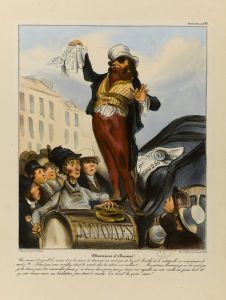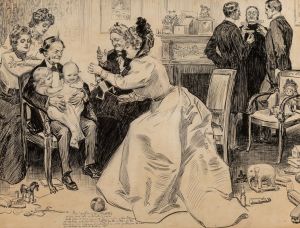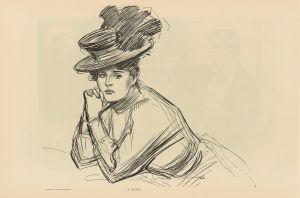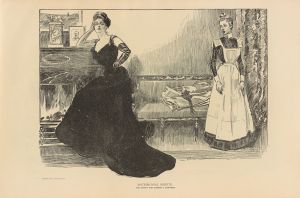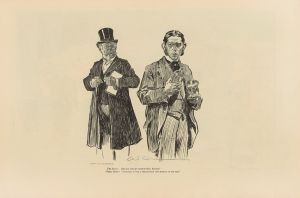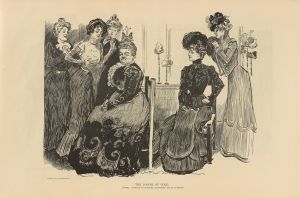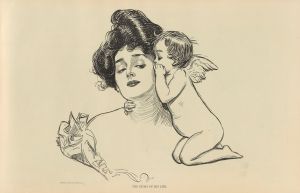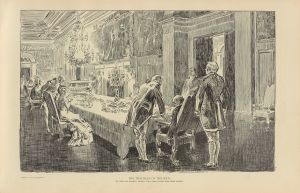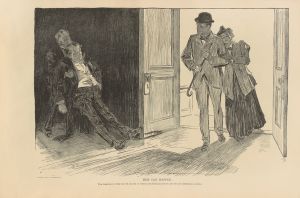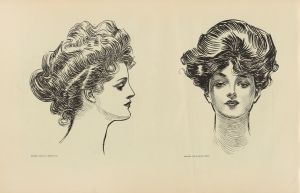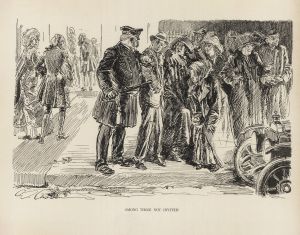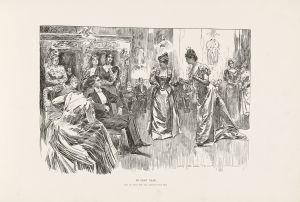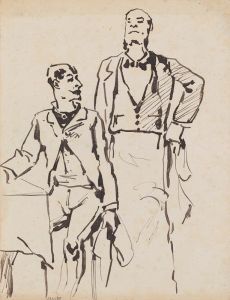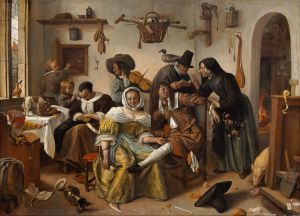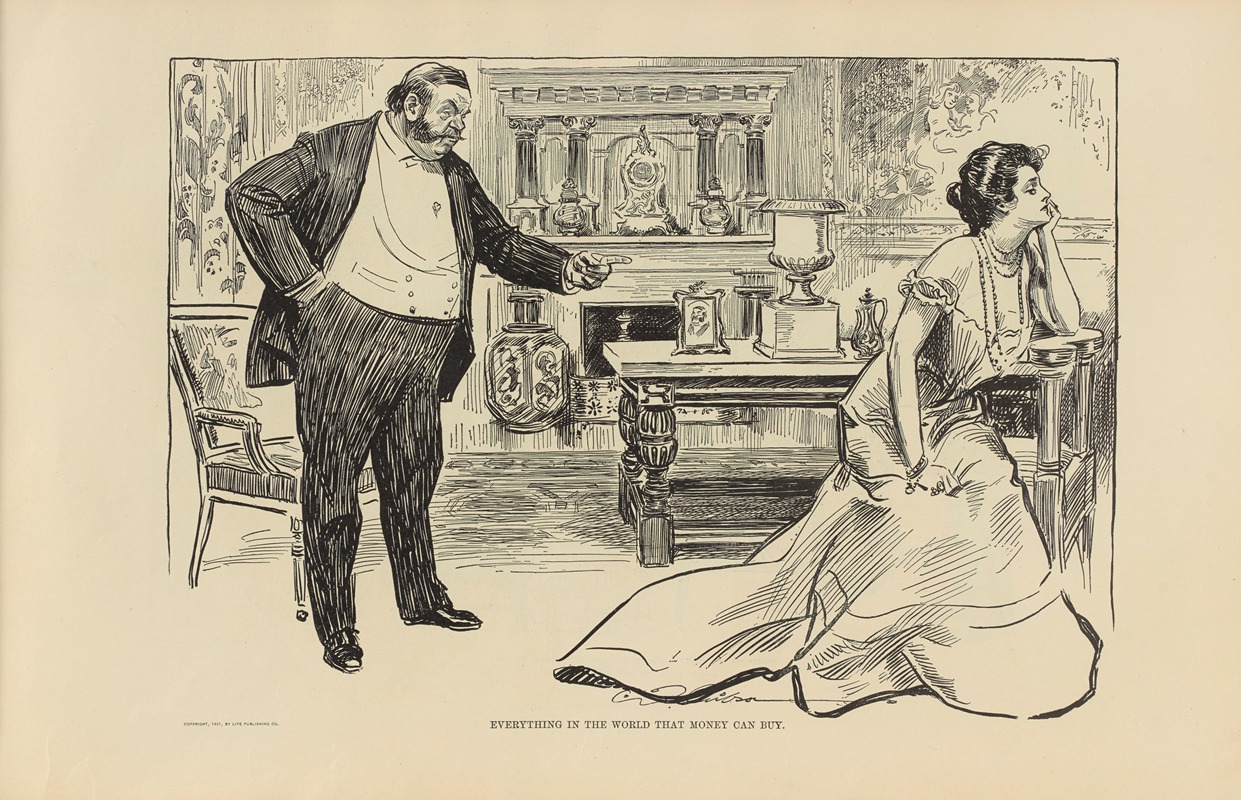
Everything in the world that money can buy
A hand-painted replica of Charles Dana Gibson’s masterpiece Everything in the world that money can buy, meticulously crafted by professional artists to capture the true essence of the original. Each piece is created with museum-quality canvas and rare mineral pigments, carefully painted by experienced artists with delicate brushstrokes and rich, layered colors to perfectly recreate the texture of the original artwork. Unlike machine-printed reproductions, this hand-painted version brings the painting to life, infused with the artist’s emotions and skill in every stroke. Whether for personal collection or home decoration, it instantly elevates the artistic atmosphere of any space.
Charles Dana Gibson was an influential American illustrator, best known for his creation of the "Gibson Girl," a representation of the idealized American woman at the turn of the 20th century. His work captured the social dynamics and cultural shifts of his time, often with a touch of satire and keen observation. One of his notable works is "Everything in the World that Money Can Buy," which reflects his characteristic style and thematic focus.
"Everything in the World that Money Can Buy" is a black-and-white illustration that exemplifies Gibson's ability to comment on societal norms and values through his art. The piece is part of a larger body of work that often explored themes of wealth, social status, and the roles of men and women in society. Gibson's illustrations were widely published in magazines such as Life, Harper's Weekly, and Scribner's, reaching a broad audience and influencing public perception.
In "Everything in the World that Money Can Buy," Gibson employs his signature pen-and-ink technique to create a detailed and expressive scene. The illustration typically features a well-dressed man and woman, surrounded by symbols of wealth and luxury. This composition serves as a commentary on the materialism and consumerism that were becoming increasingly prevalent in American society during the late 19th and early 20th centuries. The characters in the illustration often embody the leisure class, highlighting the disparities between different social strata.
Gibson's work is notable for its attention to detail and its ability to convey complex social messages with clarity and wit. His illustrations often include subtle humor and irony, inviting viewers to reflect on the societal norms and values of the time. "Everything in the World that Money Can Buy" is no exception, as it challenges the viewer to consider the true value of material wealth and the limitations of money in achieving happiness and fulfillment.
The impact of Gibson's work extended beyond the art world, influencing fashion, advertising, and popular culture. The "Gibson Girl" became a cultural icon, representing a new standard of beauty and independence for women. This influence is evident in "Everything in the World that Money Can Buy," where the female figure often embodies the confidence and poise associated with the Gibson Girl.
Overall, Charles Dana Gibson's "Everything in the World that Money Can Buy" is a significant piece that captures the essence of its era. Through his masterful illustration, Gibson provides a window into the social dynamics of his time, offering a critique of materialism and a reflection on the human condition. His work remains an important part of American art history, continuing to inspire and provoke thought in contemporary audiences.





